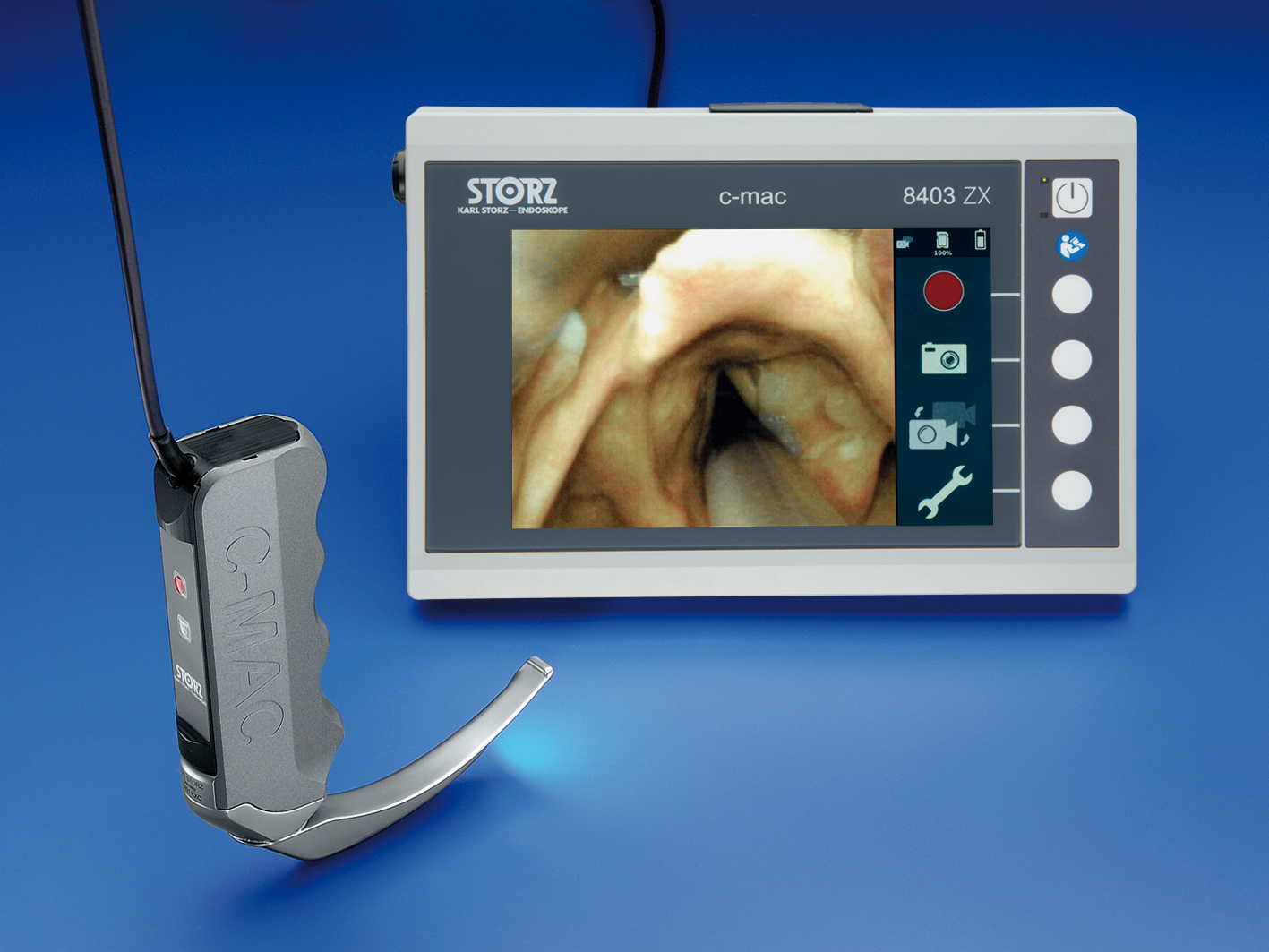Methodology: 4/5
Usefulness: 3.5/5
Prekker ME et al. N Engl J Med. 2023 Aug 3;389(5):418-429.
Question and Methods: Authors aimed to determine if video laryngoscopy improves rates of first pass success compared to direct laryngoscopy. They performed a pragmatic, multicenter, unblinded randomized parallel-group trial.
Findings: 85.1% first pass success with video laryngoscopy and 70.8% with direct laryngoscopy. No difference in severe complications or safety outcomes.
Limitations: Limitations of this study include the use of a surrogate primary outcome, and the treating clinician’s ability to choose not to enroll a patient in the study (determined that one method vs the other was either necessary or contraindicated).
Interpretation: Video laryngoscopy should likely be used as the preferred intubating method as it has highest first pass success, although this study did not show any benefit in rates of complications, and this may risk downstream effects on skill attrition for direct laryngoscopy.
JC Supervisor: Dr. Jeff Perry
Authors
-

Dr. Kathleen O'Connell is an Emergency Medicine resident in the Department of Emergency Medicine, University of Ottawa. She is an senior editor with the Digital Scholarship and Knowledge Dissemination team for the EMOttawaBlog.
View all posts -

Dr. Rosenberg is an emergency physician at the Ottawa Hospital, associate professor at the University of Ottawa, and Director of the Digital Scholarship and Knowledge Dissemination Program.
View all posts -

Dr. Perry is an Emergency Physician and full Professor in the department of Epidemiology and Community Medicine. He has a special research interest in subarachnoid hemorrhage, TIA and stroke.
View all posts

